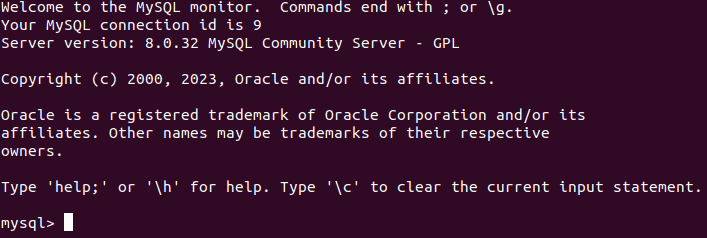If you’ve been using MySQL for a while and want to learn how to orchestrate MySQL containers, you’ve come to the right place. And while using Docker on its own to manage a single MySQL instance or multiple instances has certain drawbacks, such as lacking the ability to orchestrate multiple instances, scale, and provide services for external clients, in this blog we’ll explore how Kubernetes addresses these limitations and what to do when you’re facing problems.
To begin, visit the Docker Hub, find a Docker image called “mysql” (it can be utilized to generate a Docker container with a MySQL


